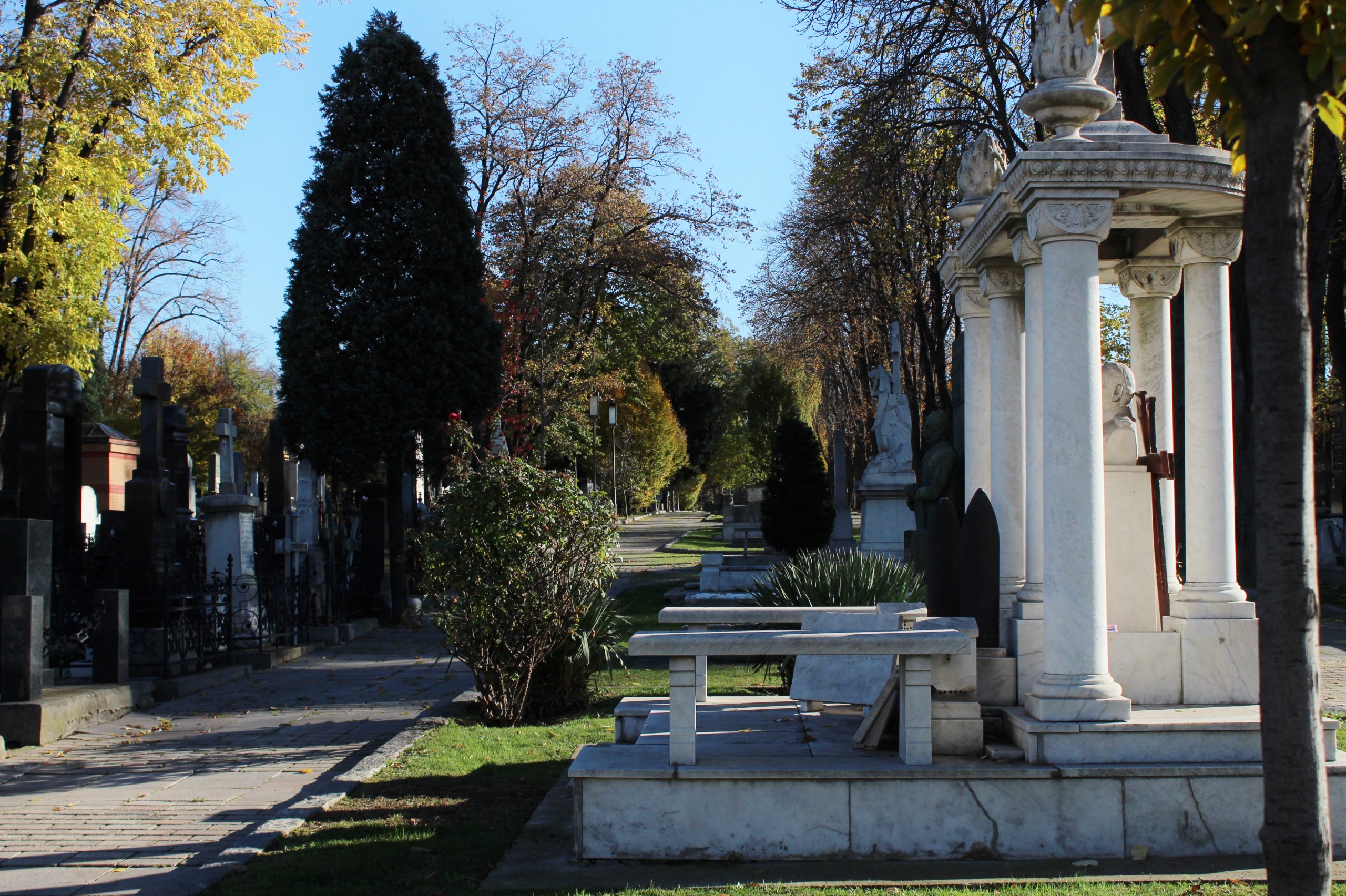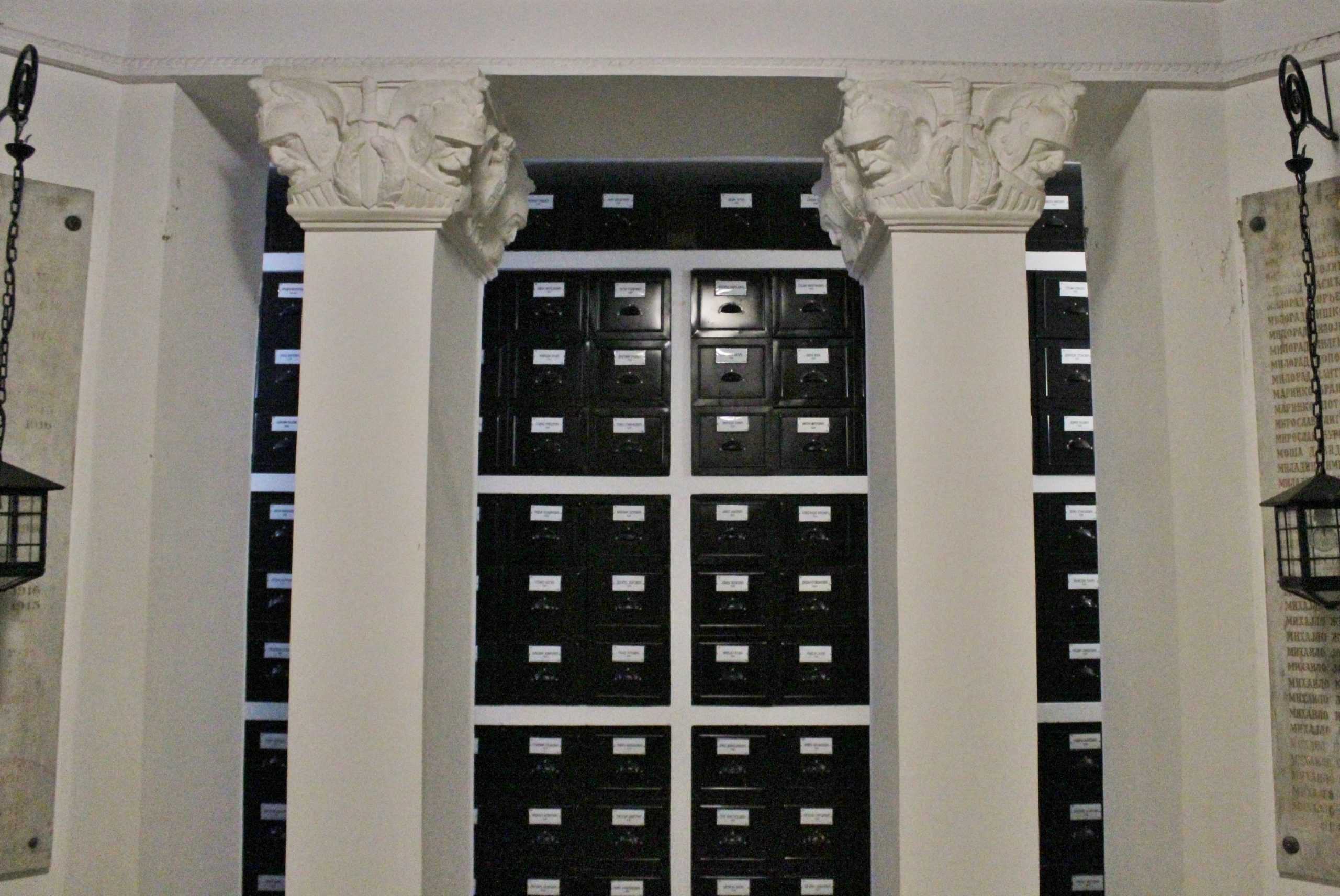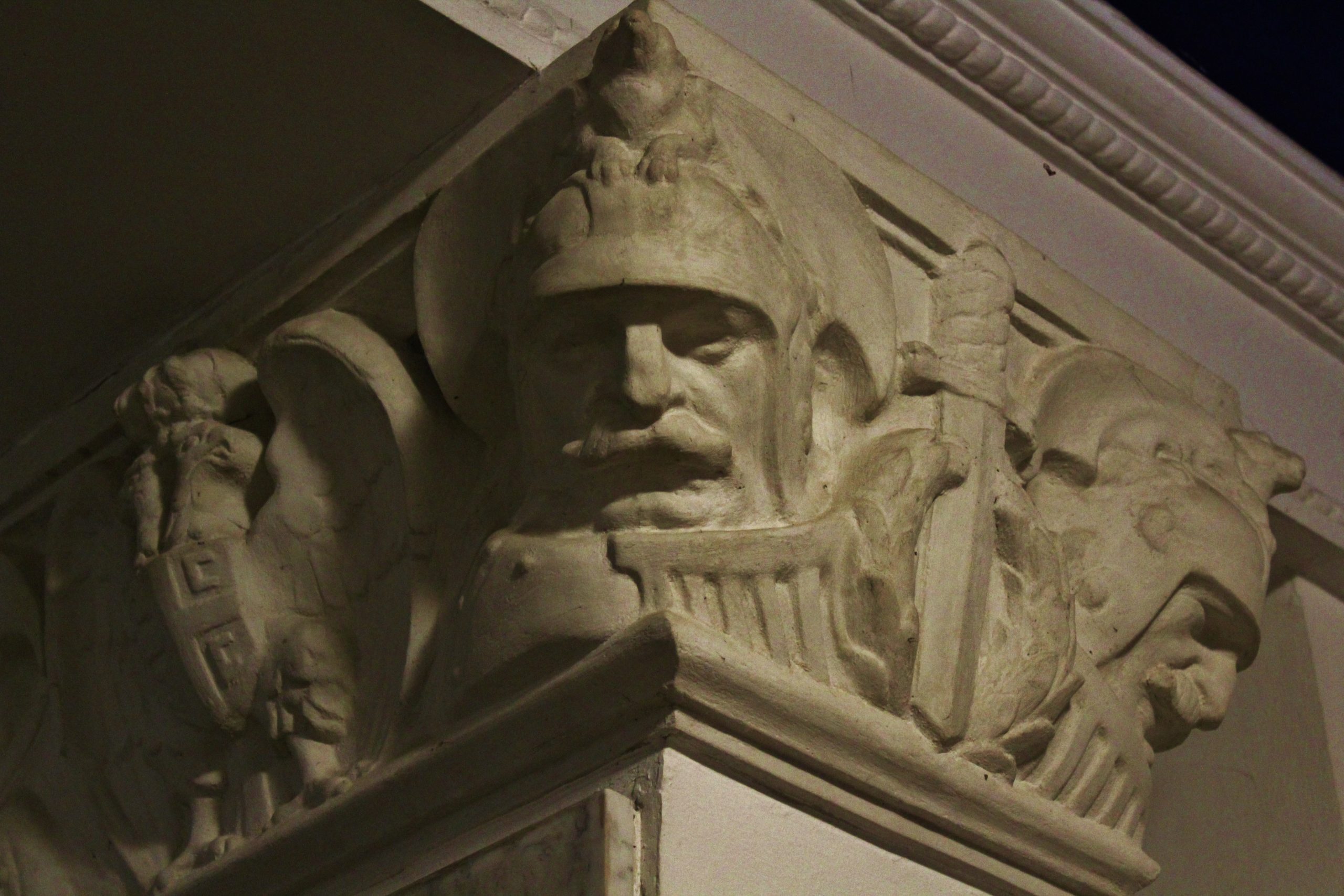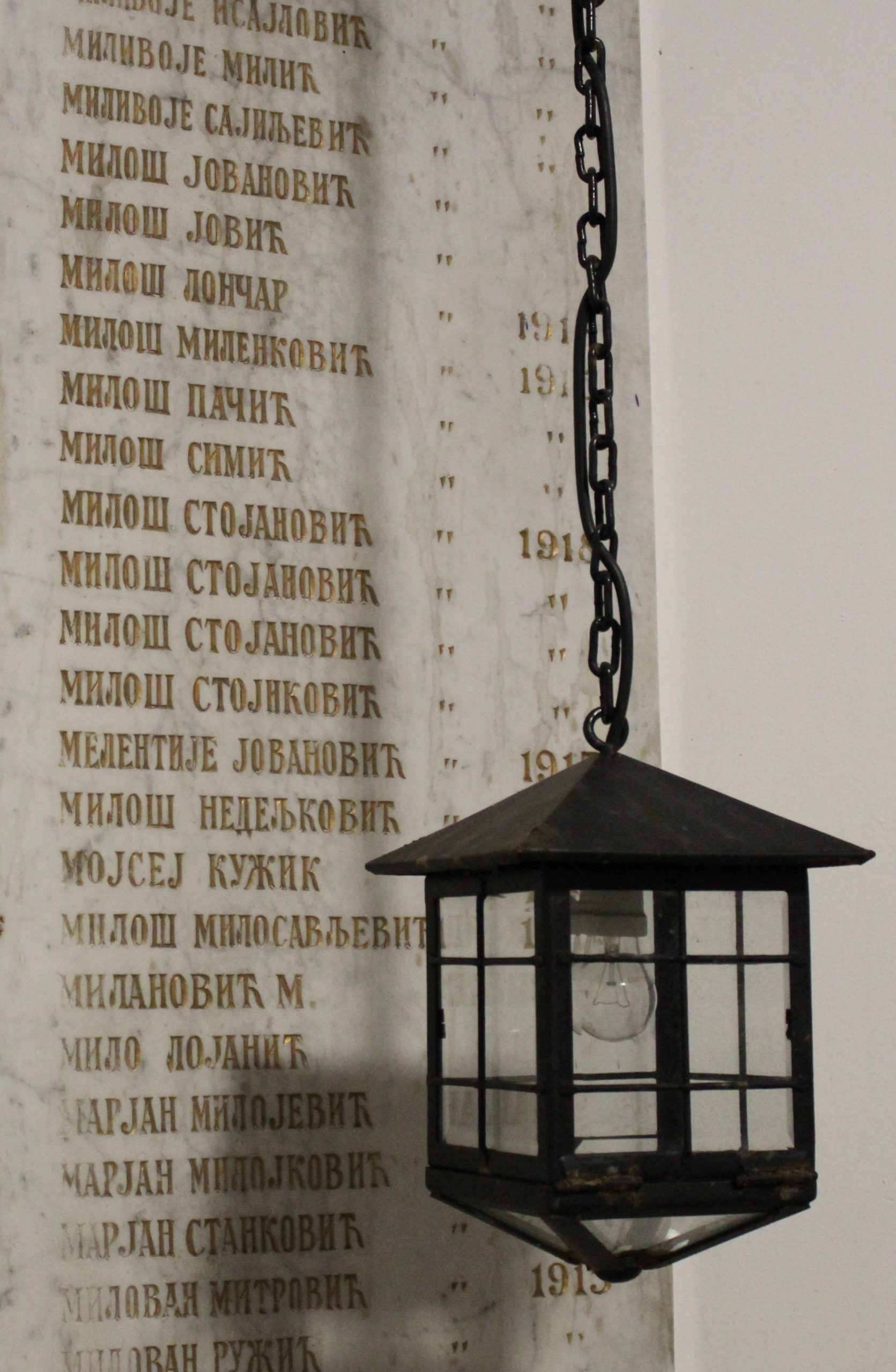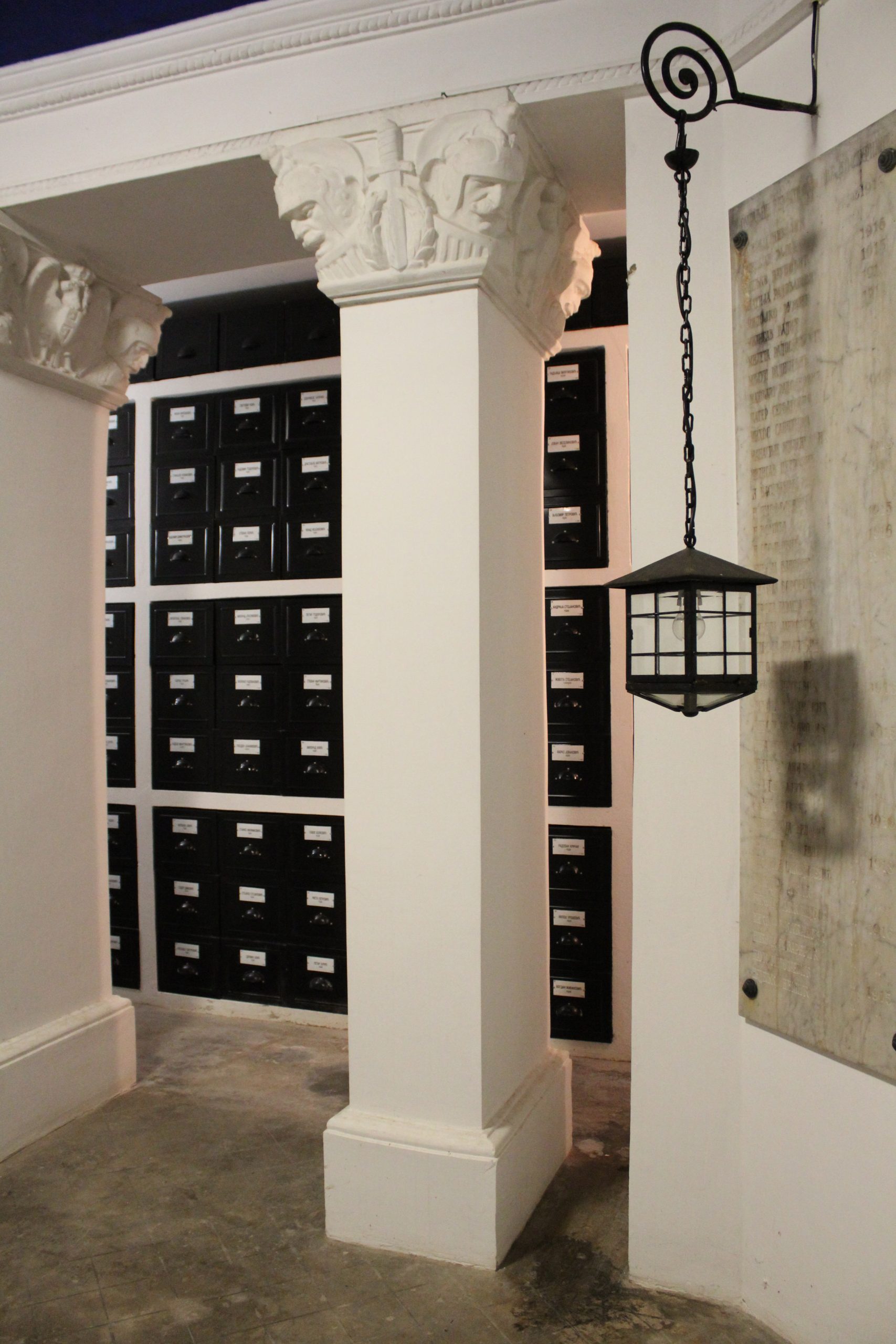WHERE IS IT?
The entrance is located in Roosevelt Street and stretches between St. Nicholas Street and North Boulevard. It covers an area of 30 hectares.
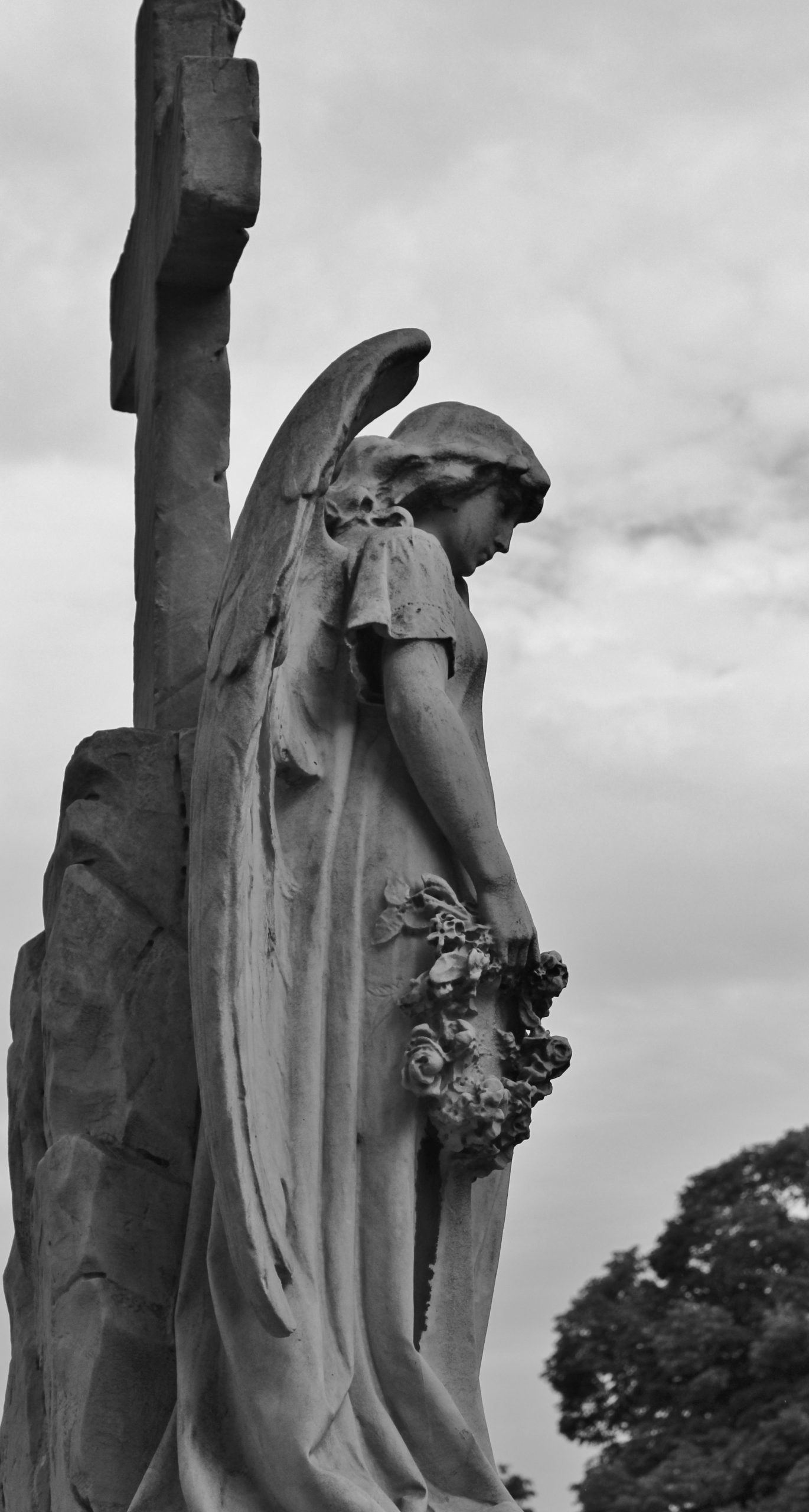

THE HISTORY
The new cemetery was built with the aim of moving the old Tasmajdan cemetery. The president of the Belgrade municipality, Vladan Djordjevic, is especially credited for the construction of the cemetery by initiating in 1884 to establish a new cemetery, following the example of European cemeteries, geometrically regular plots and wide alleys. The cemetery was opened in 1886 when the first burials began. A few years later, the Church of St. Nikola was built in the neo-Byzantine style according to the project of the architect Svetozar Ivačković.
During the First World War, new plots were formed intended for military cemeteries: Serbian, French, Italian, Austro-Hungarian, and Bulgarian. After the First World War, the Alley of the Greats and the Alley of Arcades were built for important personalities. Memorial ossuaries were erected: the Serbian ossuary of the defenders of Belgrade in 1914-1918 and the Russian ossuary. When the Tasamajdan cemetery was closed in 1927, the remains of all the deceased were transferred.
In accordance with the adoption of modern rules for burial, in 1932, the construction of a funeral chapel began at the New Cemetery according to the project of arch. Rajko Tatić. In the extension of these chapels, a chapel for the funeral of Jews of the Ashkenazi order was erected, which today has the function of a cremation chapel.
After the Second World War, new military plots were formed, and plots dedicated to the victims of various tragic events in the Second World War. The Alley of Deserving Citizens was also erected, as well as the Administrative Building according to the project of arch. Zoran Jakovljević and Borivoje Tomić.
THE APPEARANCE
The appearance of the New Cemetery was made in accordance with the usual organization of the 19th century cemetery space by geometric parcelling of alleys. However, due to the constant expansion, the cemetery changed its appearance, adding new parts. Today's appearance of the cemetery was given in the interwar period, when chapels were built for the funeral, cremation, administrative building and other facilities. All buildings, including the church dedicated to St. They were never built in the neo-Byzantine style, which gives this whole a unique and monumental look.

ST. NOCHOLAS CHURCH
Church of St. Nikola was built in the neo-Byzantine style in 1893 according to the project of arch. Svetozar Ivačković. The church is in the form of a Greek cross, above which rises a dome. The iconostasis was painted by Stevan Todorović,famous Serbian painter and the frescoes by the painter Andrea Domenico. The founders of the church were buried in the crypt.
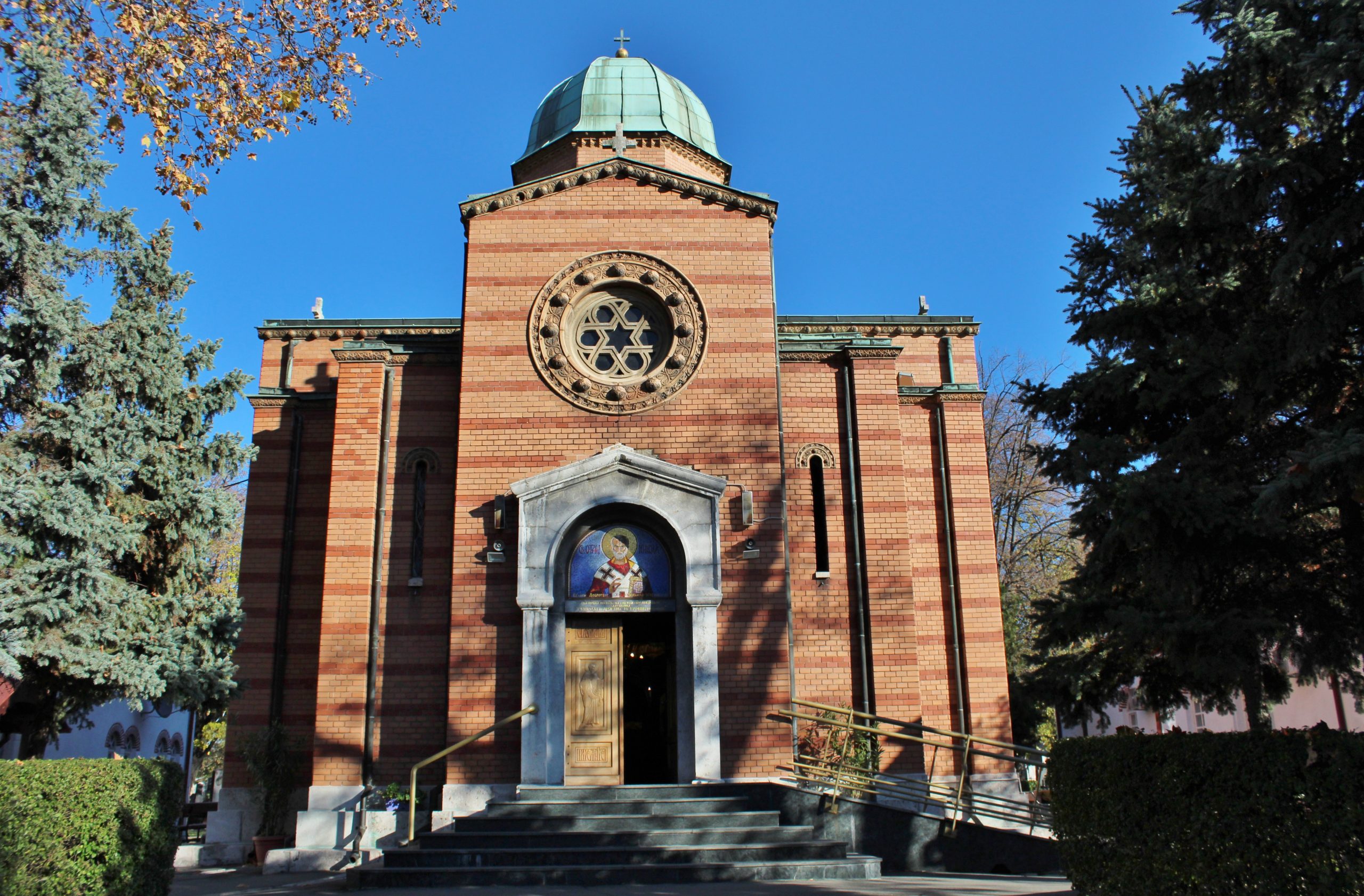
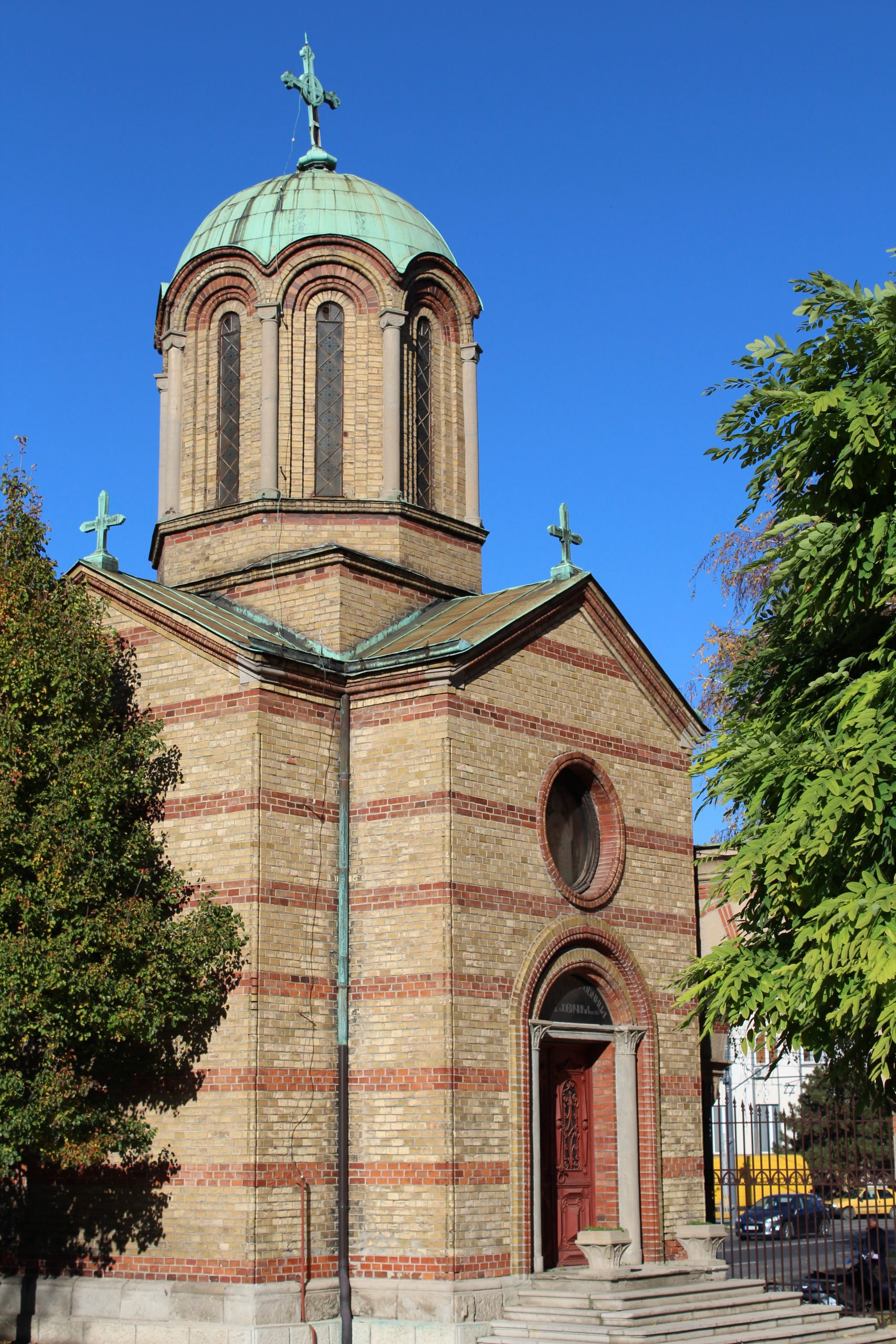
ST. GEORGE CHAPEL
St. George Chapel was designed by arch. Milan Antonović at the request of wine merchant Mihajalo Jovićić. The chapel was built in the neo-Byzantine style and forms a unique space with an external wall and an administrative building that were erected later.
ARCADE
The arcades are a ambiental space with family tombs along the very north wall towards Roosevelt Street. The original idea was to build an arcade instead of a wall, but it was not carried out. Politician Nikola Pasic and other prominent people from the public life of the interwar period are buried there.
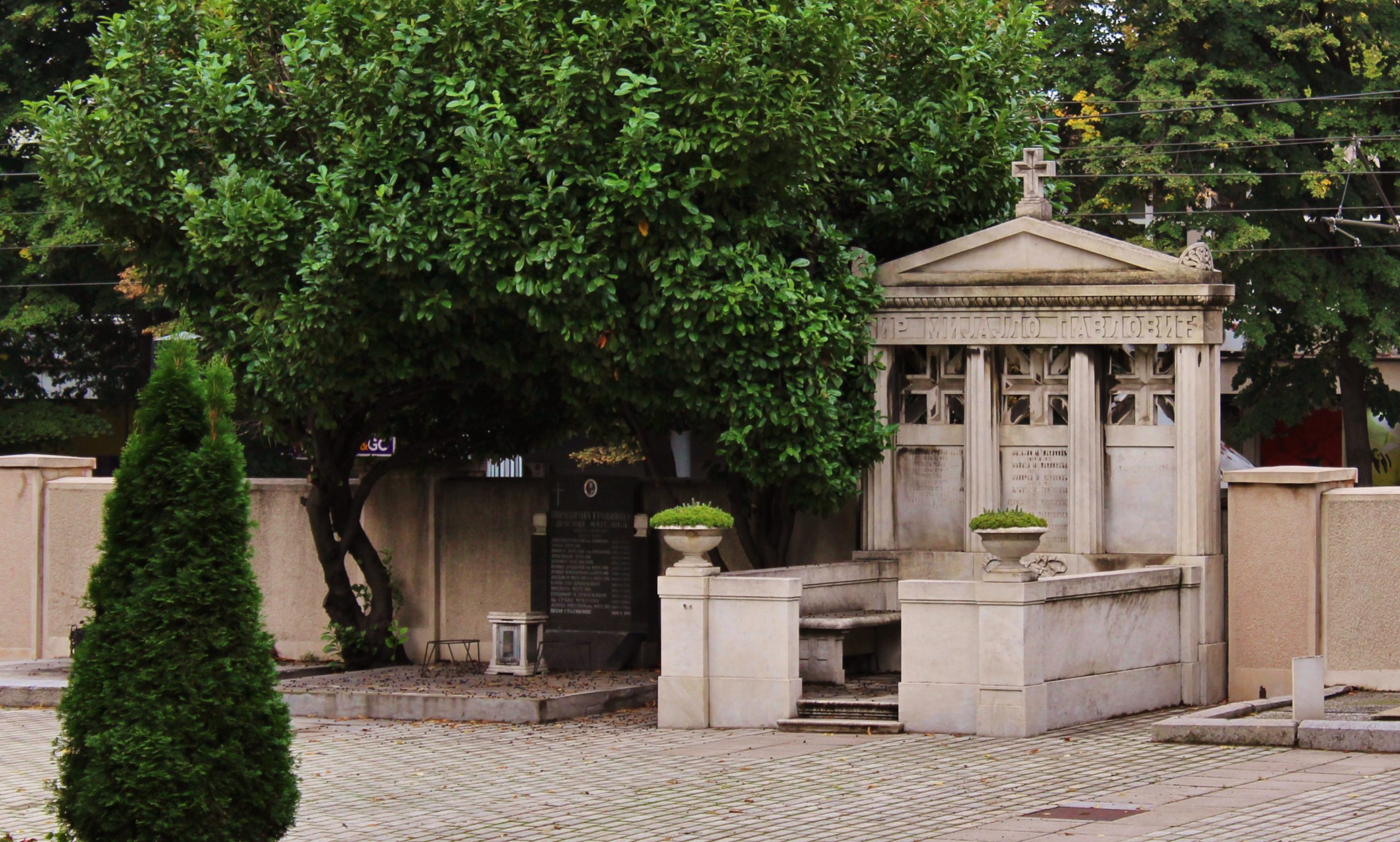
ALLEY OF THE GREATS
The construction of the tombs began in 1926 and was intended for the tombs of prominent persons from the life of Serbia in the interwar period. It stretches from the arcades to the Alley of Patriots in the form of a long alley. The spatial whole is completed by chapels that stand out with their monumental appearance: the tomb chapel of Radomir Putnik by architect Aleksandar Vasić, the chapel of Velimir Teodorović by architect Vasilije Androsov, and the chapel of the Lazarević and Spužić family, by an unknown author.
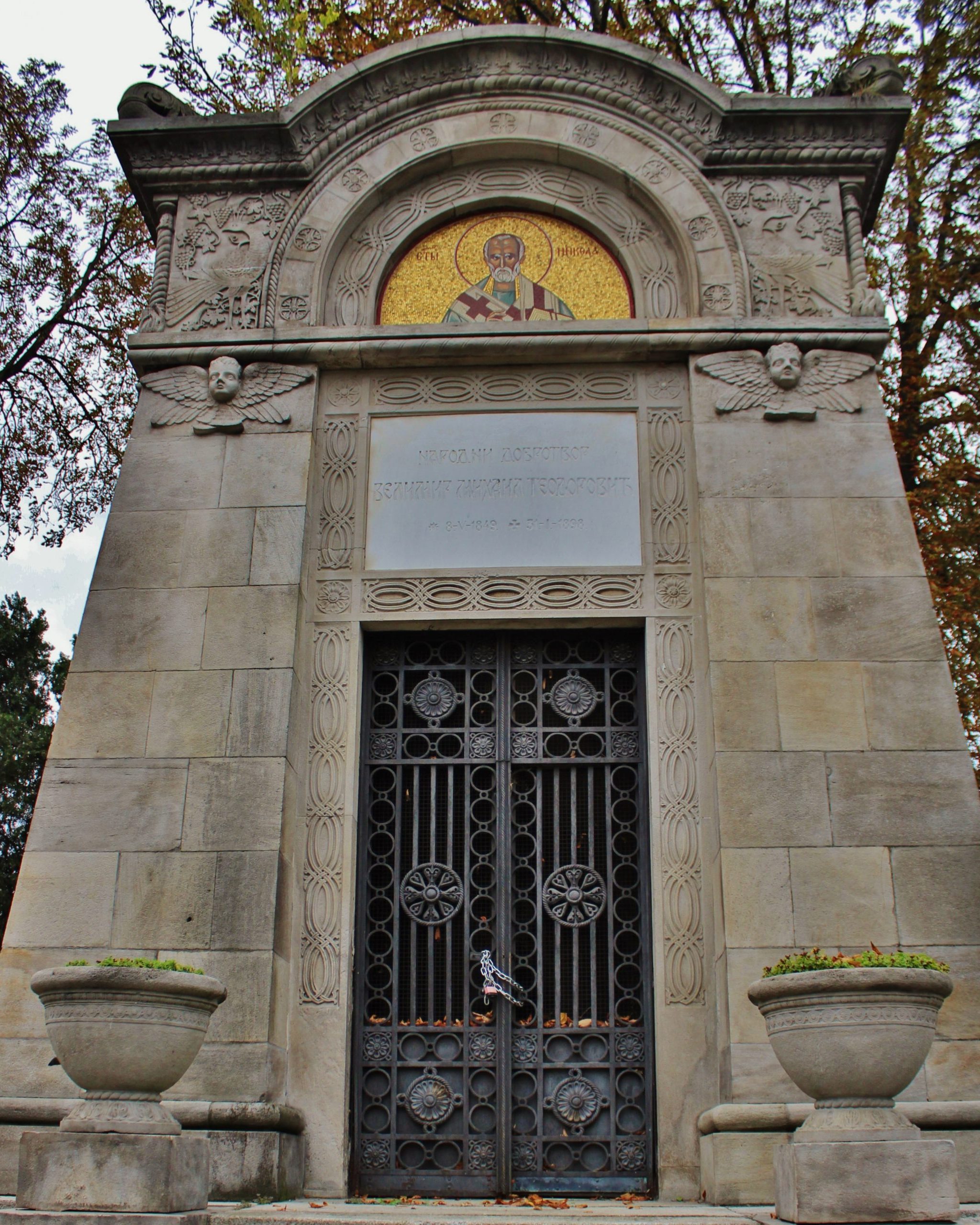


SERBIAN OSSUARY OF THE DEFEDERS OF BELGRADE 1914-1918
Serbian ossuary of the defenders of Belgrade 1914-1918. It was built according to the project of the architect of Russian origin Roman Verkhovsky between 1928-1931. The central monument on this plot is a statue of a soldier with a rifle by sculptor Živojin Lukić, while the sculpture of a fallen eagle on flags was made by Verhovski. The ossuary below the monument houses the remains of 3,529 identified and 1,074 unidentified soldiers who died during the Balkan wars and the First World War.
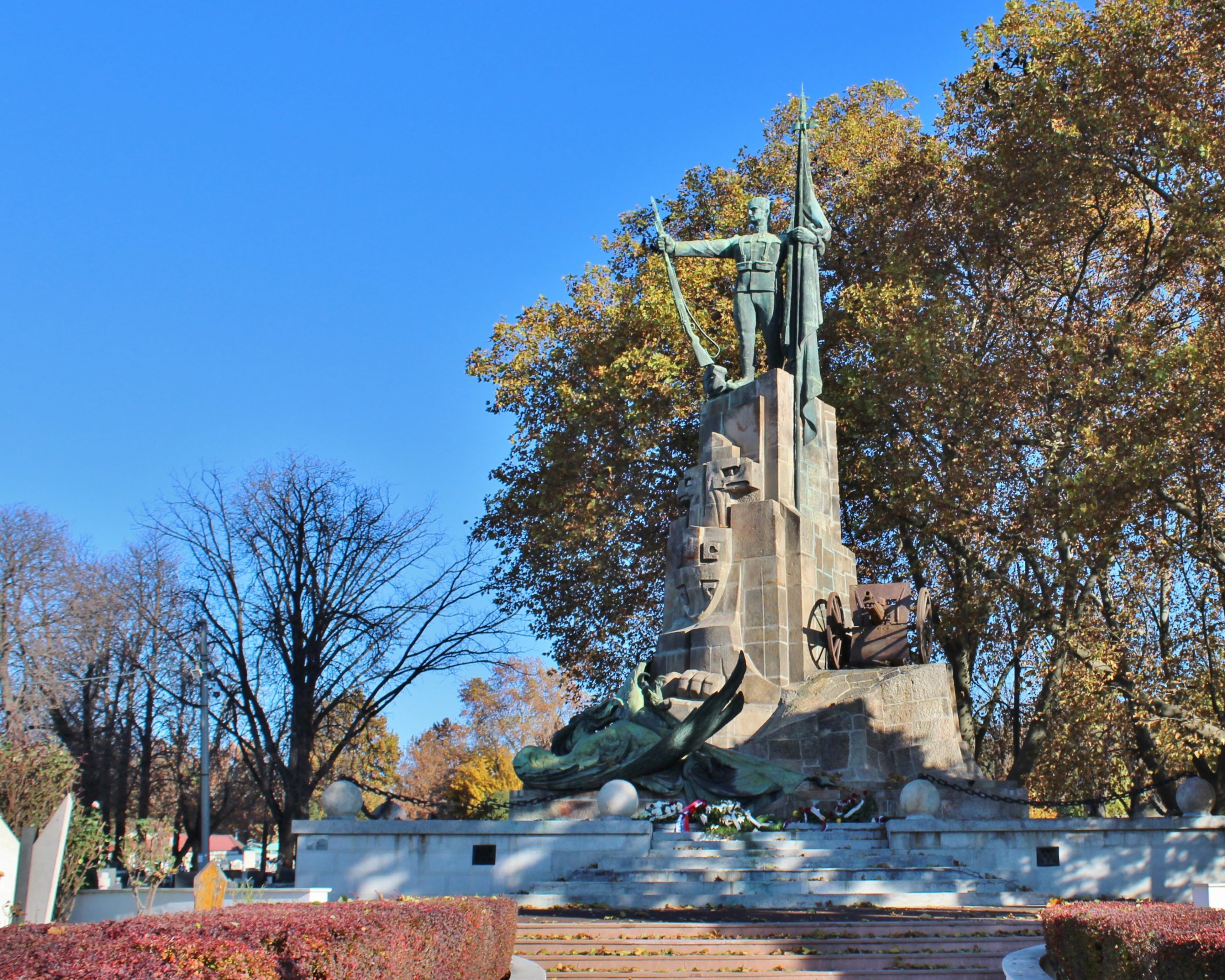
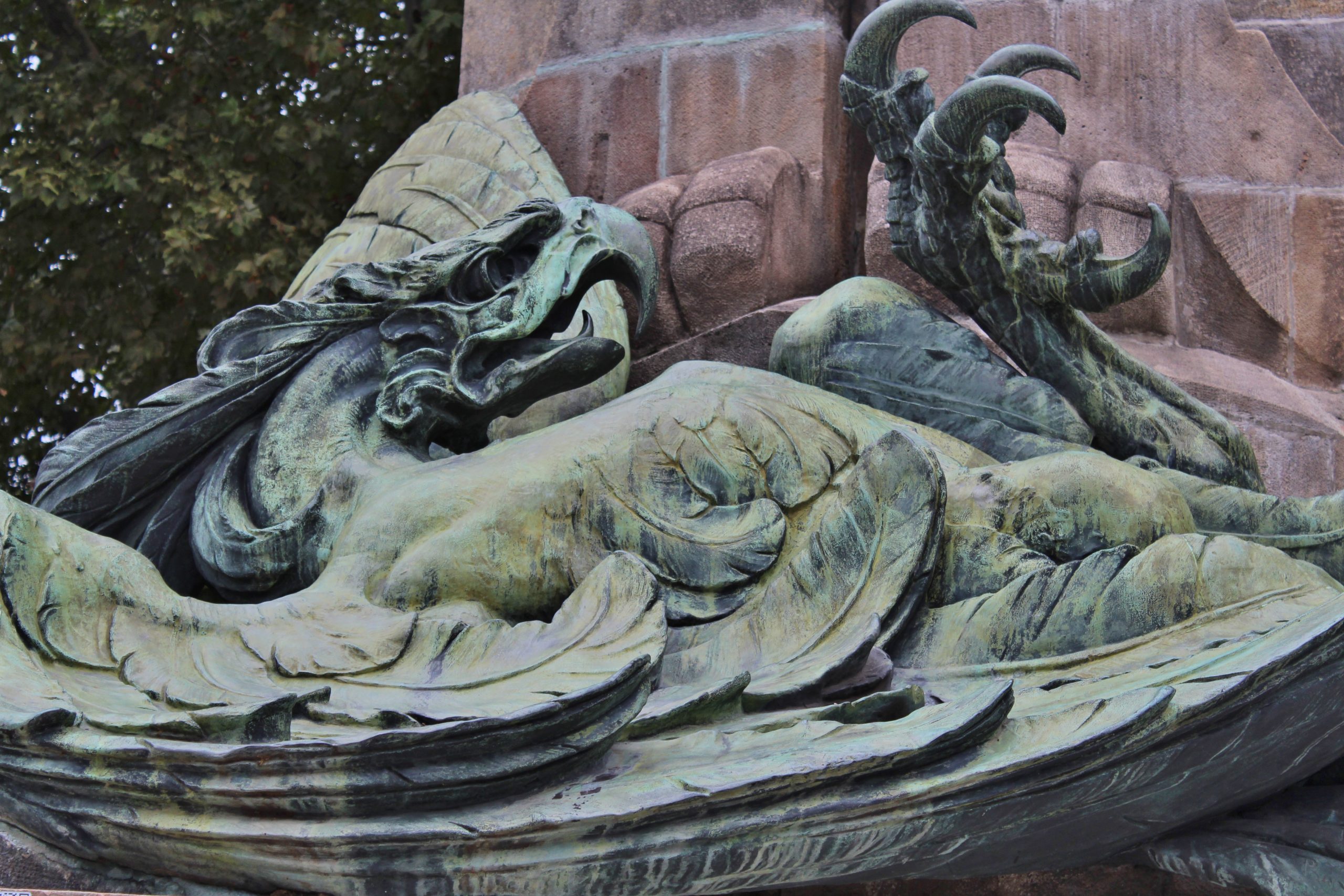
RUSSIAN NECROPOLIS
During and after the end of the October Revolution, about 45,000 Russian citizens arrived in the Kingdom of Serbs, Croats and Slovenes who fled the country for political reasons. Most of them moved to big cities, so in 1929, 9,432 Russians were registered in Belgrade. The state authorities, meeting the initiatives of Russian migrants, ceded the land at the New Cemetery for the needs of burying Russian citizens. The first plots were formed between 1929 and 1934, and the entire area was shaped in accordance with the Russian tradition by building the Iver Chapel in 1931. It was erected after the news of the demolition of the chapel of the same name in Moscow and the disappearance of a copy of the Iberian Mother of God, which was considered a miraculous Russian icon. The Iberian icon was a copy of the original icon that was created at the end of the 10th century. In the 17th century, the Moscow tsars wanted to have at least a copy of it, so they built the Iver chapel where it was ceremoniously placed. In Belgrade, after learning that the chapel was destroyed, the same smaller chapel was built, in which a new copy of the Iberian Mother of God was placed (today in the National Museum). The chapel was built according to the project of arch. Valerija Stashevski in the neoclassical style.
Another important building in the area of the Russian cemetery is the Russian ossuary dedicated to Tsar Nicholas II Romanov and the soldiers who died in the First World War. The monument to Russian glory, as it is called, which stands above the ossuary, was built in the form of a high monolithic pillar with the figure of Archangel Michael. It is the work of architect Roman Verkhovsky. The monument was completed in 1936. Another smaller chapel dedicated to Russian officers was built within the Russian plots, but the data on the builder and the time of erection are not known. In the immediate vicinity of these monuments are the tombs of Russian citizens marked with a simple Russian Orthodox cross.
A large number of prominent citizens of Russian origin were buried outside Russian plots, such as the former Russian ambassador to the court of Nikolai Hartwig, whose tomb was built in the style of traditional Russian folk architecture.
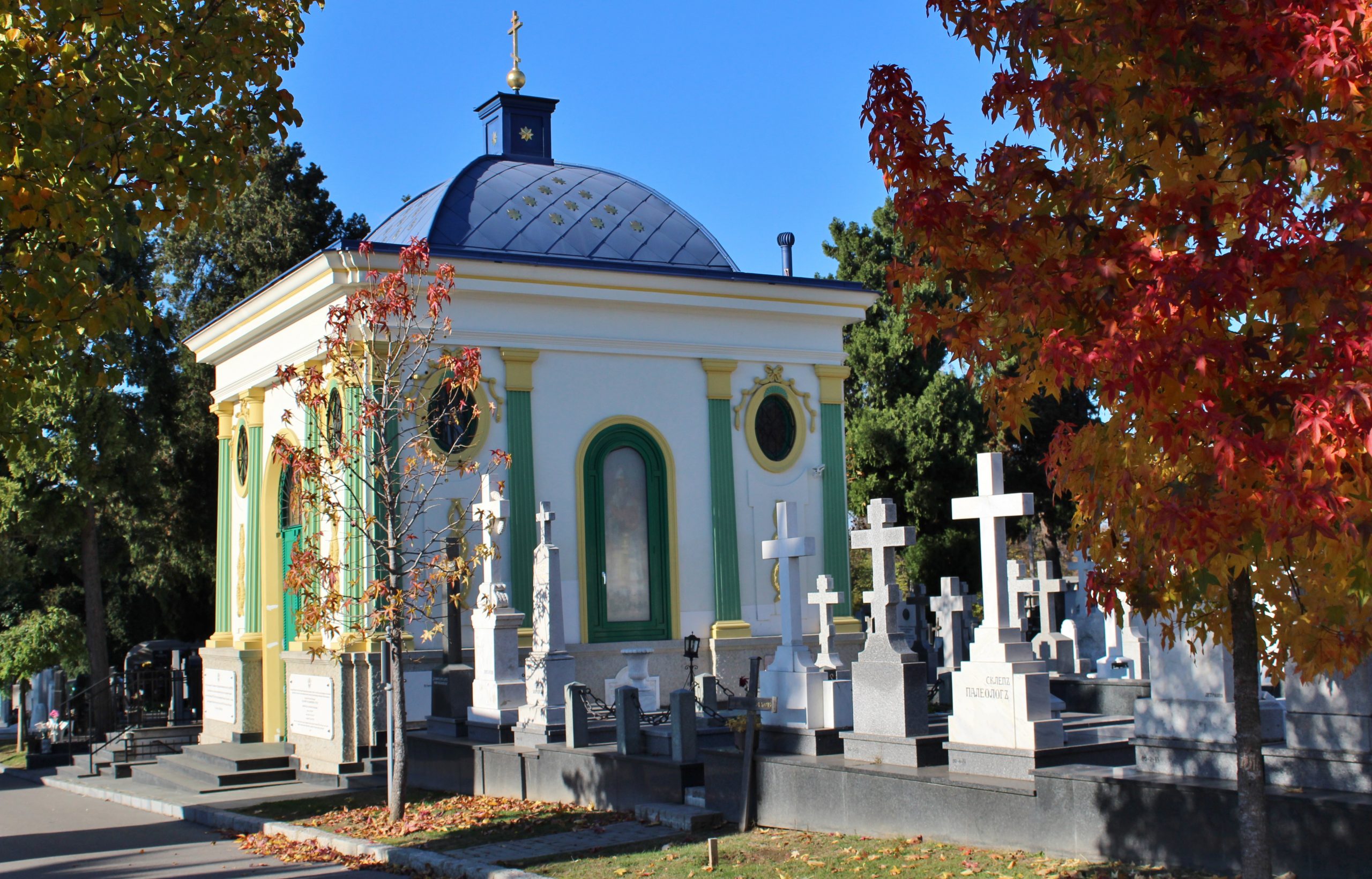


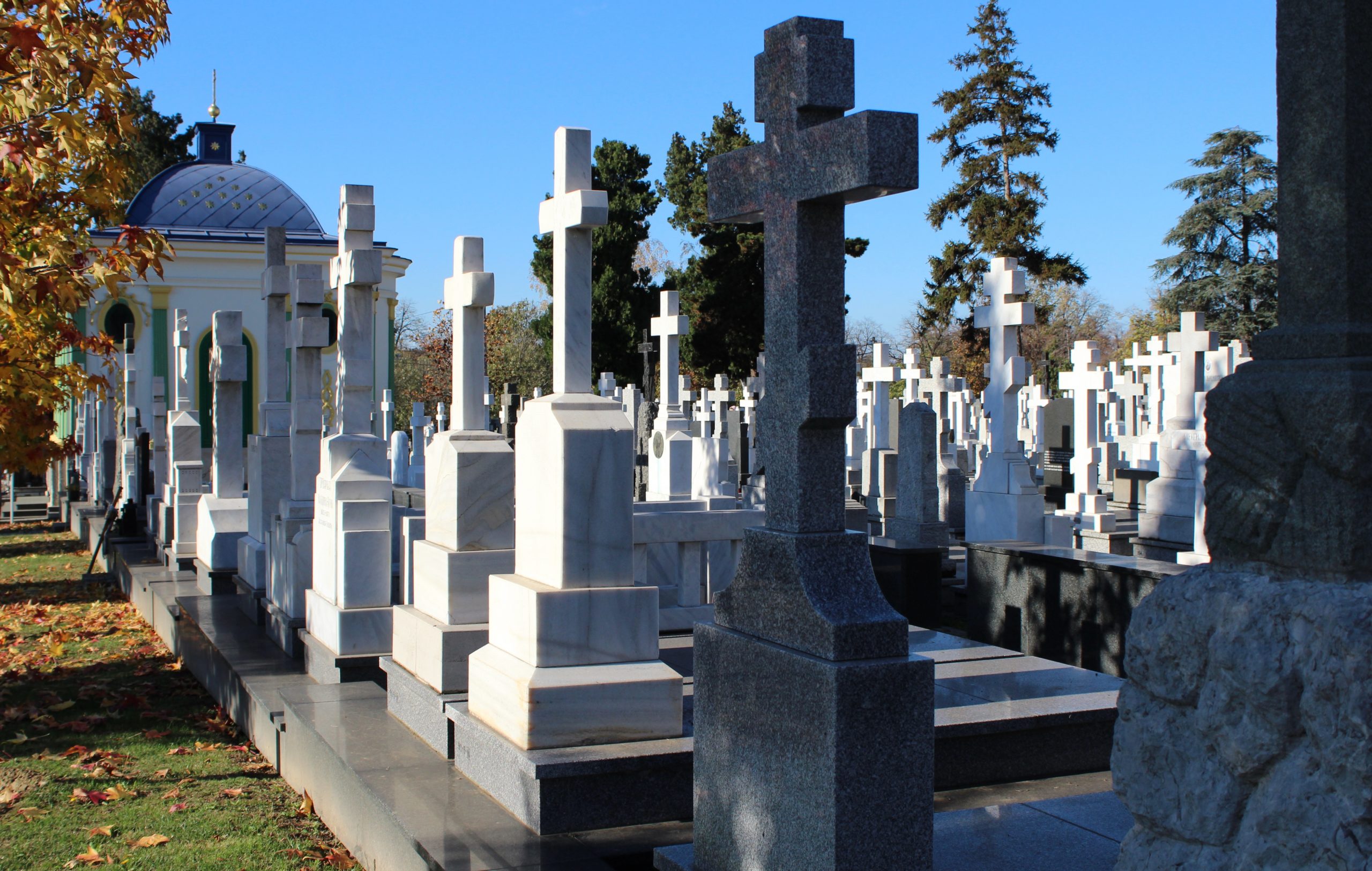


THE FRENCH MILITARY CEMETERY
The French military cemetery occupies the northern side of the New Cemetery between St. Nicholas and Roosevelt Streets. Rajko Tatic. It was arranged in accordance with the French military tradition in 1931, and it contains the remains of French soldiers who died in the First World War.
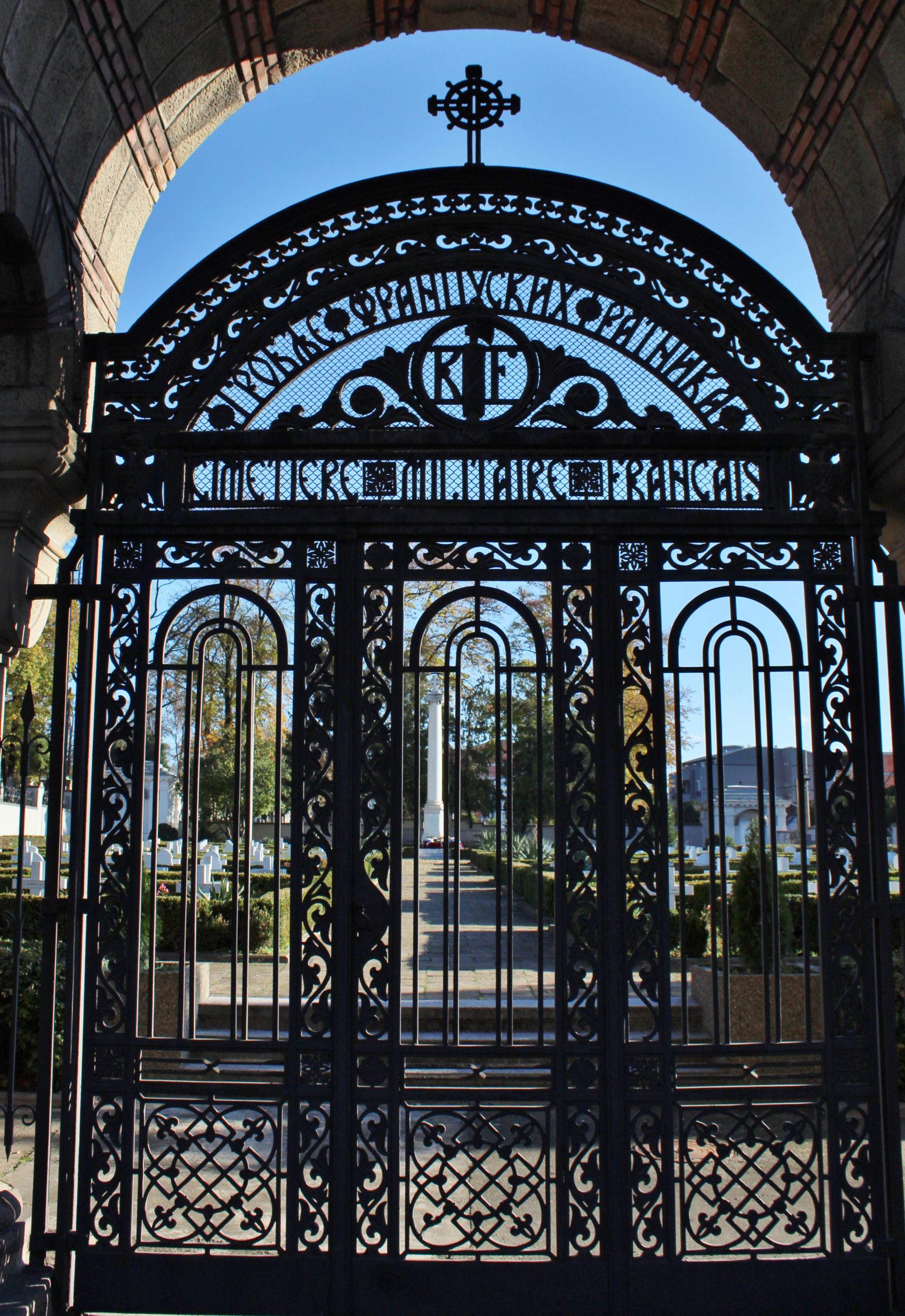
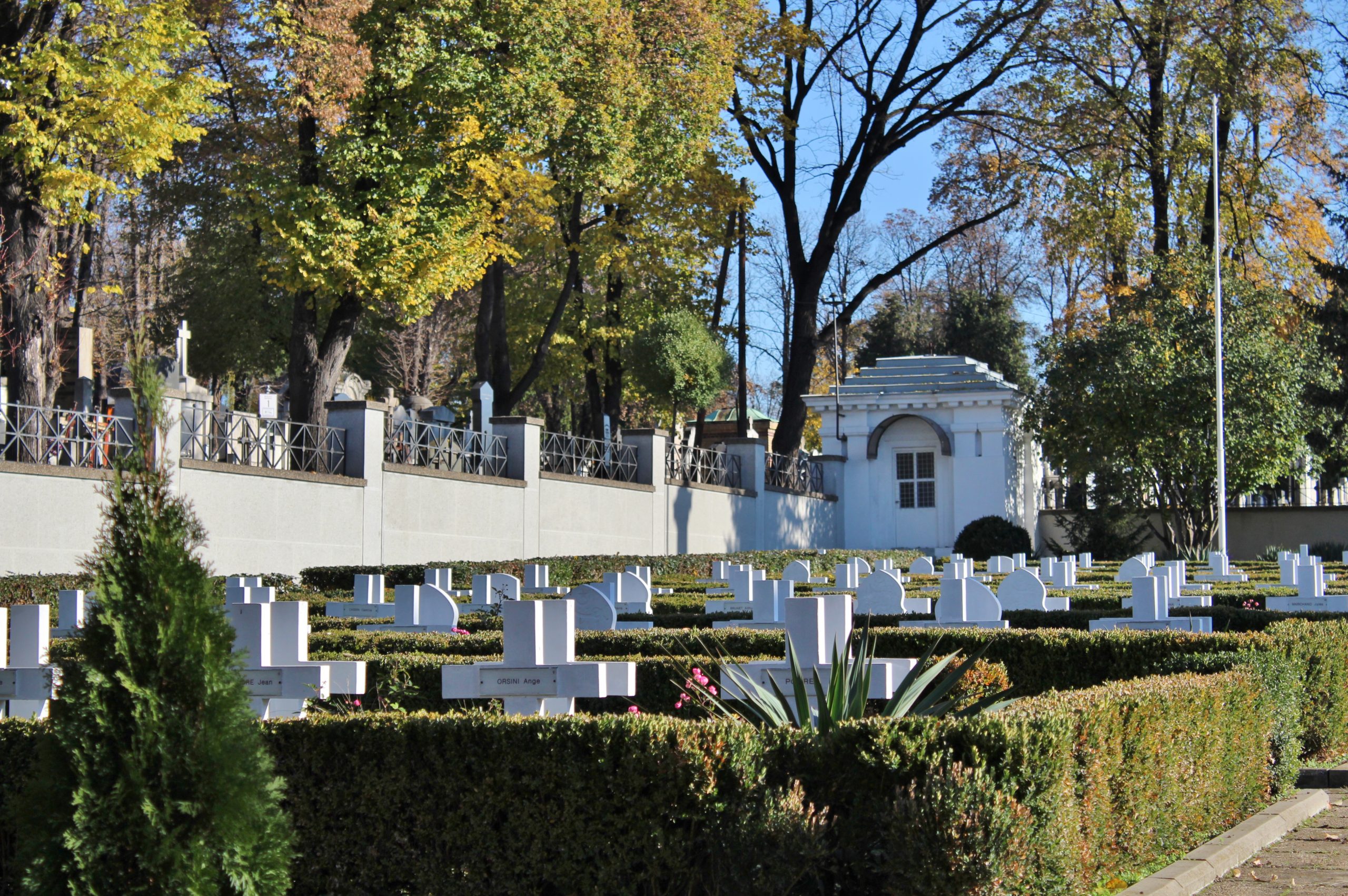
ITALIAN MILITARY CEMETERY
The Italian military cemetery is located towards today's St. Nicholas Street. The cemetery was completed in 1931 in accordance with the tradition of Italian military cemeteries. It is entered through a massive fence made of concrete and wrought iron. Italian volunteers who died in the First World War are buried in this area.


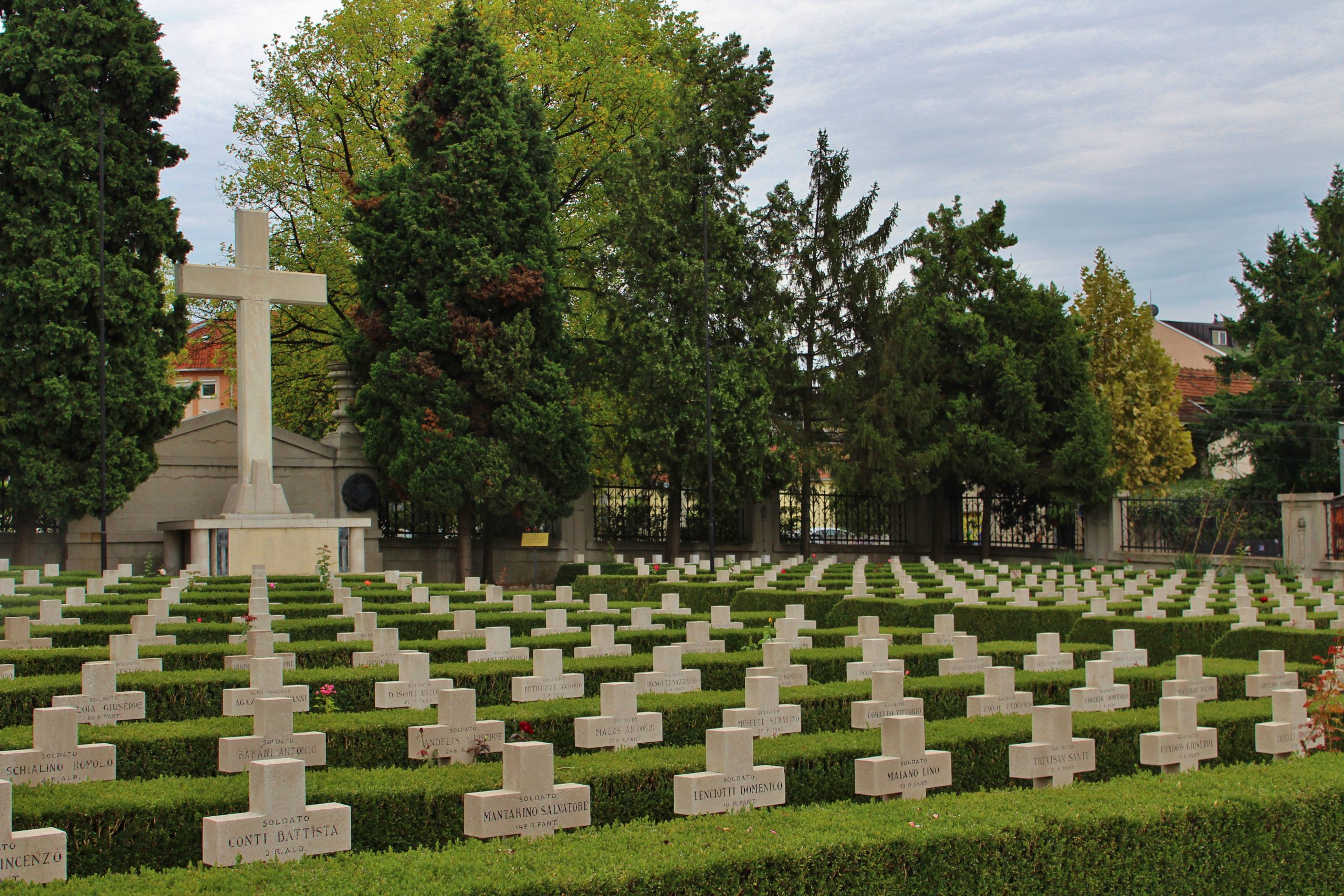
AUSTRO-HUNGARIAN MILITARY CEMETERY
The Austro-Hungarian military cemetery was completed in 1933 in the New Cemetery. It occupies the southern part of the New Cemetery with a central chapel among two extended colonnades. The designer of the chapel is not known, but it is known that the author of the relief on the chapel is Peter Gindert. 260 Austro-Hungarian soldiers who died in the battles around Belgrade, and 460 Austro-Hungarian soldiers who died in captivity during 1914/15 were buried in the cemetery.
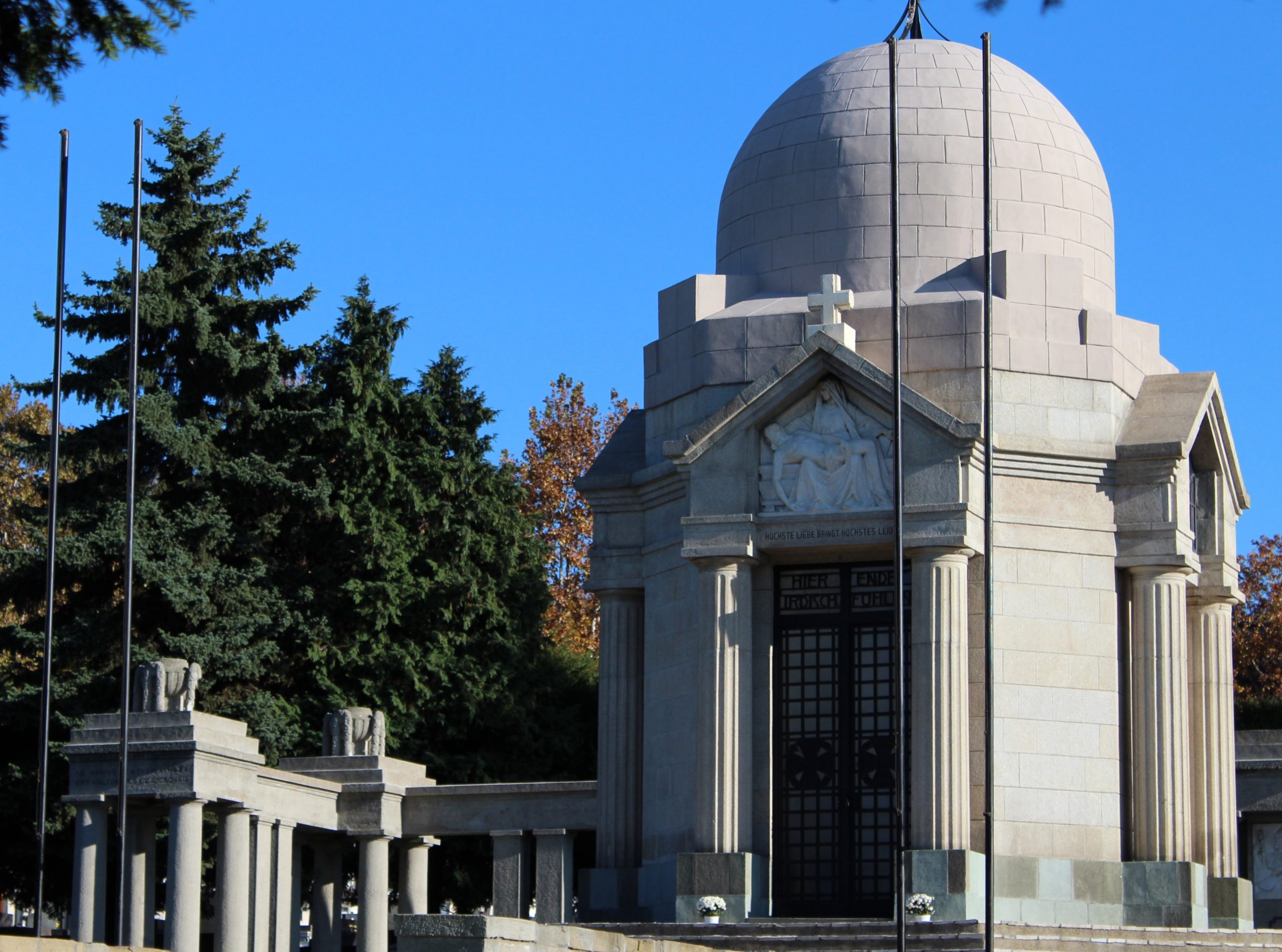
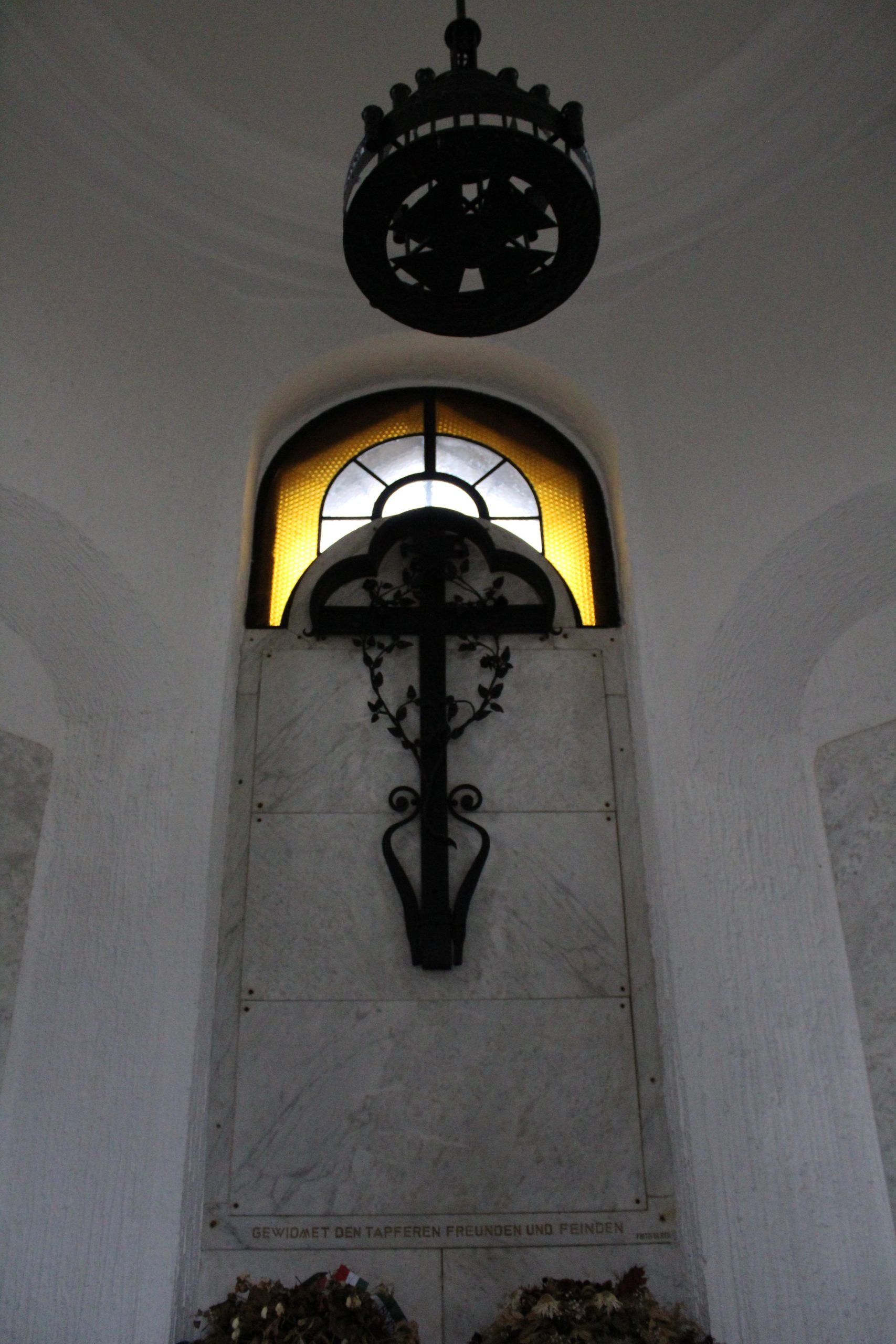

BRITISH MILITARY CEMETERY
The British Military Cemetery was established in 1947 with the aim of relocating British soldiers killed during World War II throughout Yugoslavia. It is located along Sv. Nicholas Street next to the Italian cemetery. 348 pilots shot down over Yugoslavia, 77 soldiers and 57 sailors killed in the Second World War were buried.

ALLEY OF DISTINGUISHED CITIZENS
The Alley of Distinguished Citizens was formed according to the project of arch. Svetislav Ličina in 1963. It is located in the central part of the New Cemetery on an area of 4200 m2. It is intended for the burial of prominent personalities who have contributed to the history and culture of Serbia with their works.

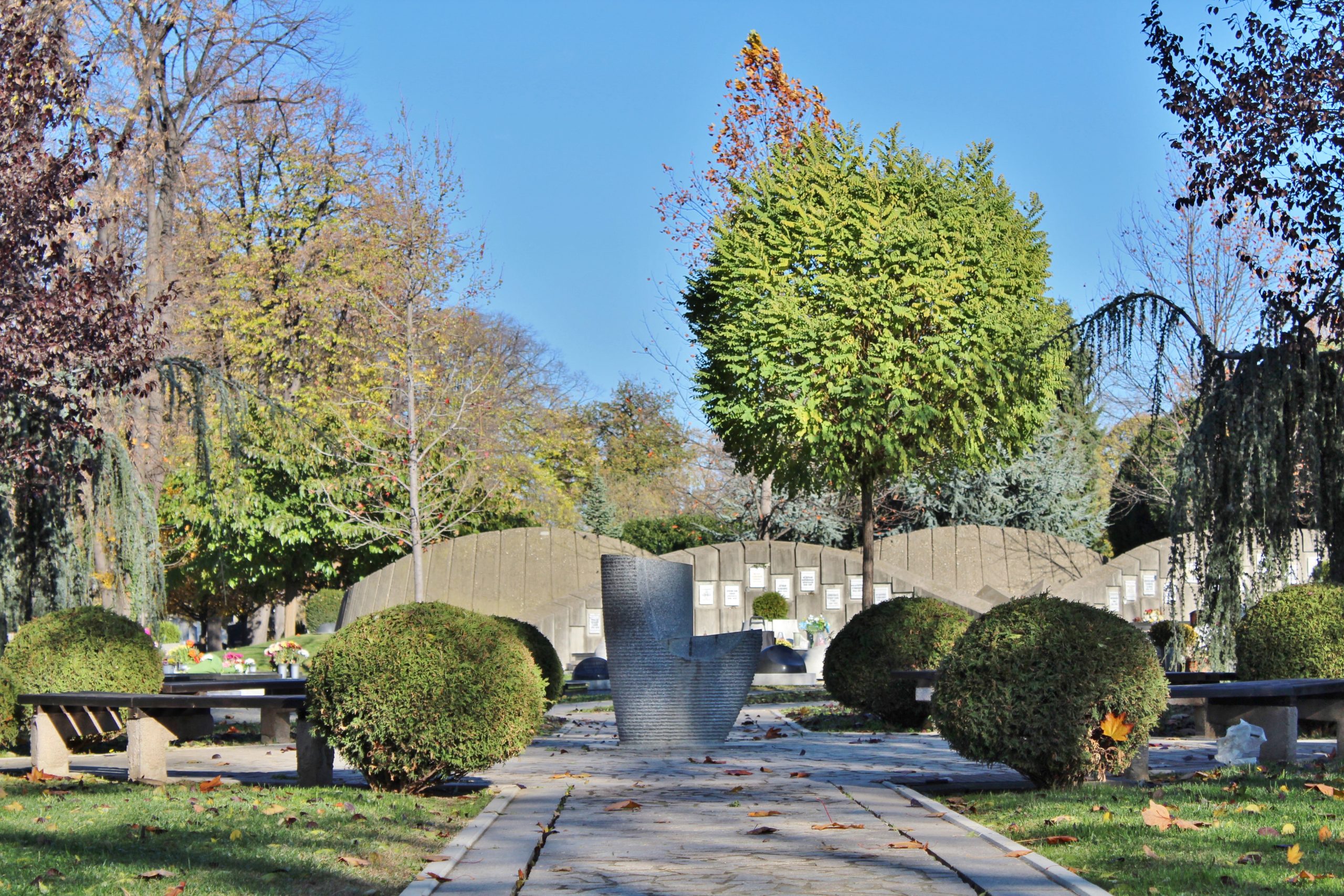

ALLEY OF PEOPLE'S HEROES
The Alley of People's Heroes is a memorial unit intended for the burial of heroes from the Second World War. It is located near the Ossuary of the Defenders of Belgrade and this memorial complex consists of a series of pyramidal tombstones. It is arranged according to the project of arch. Nebojsa Delje and engineer Aleksandar Krstic.
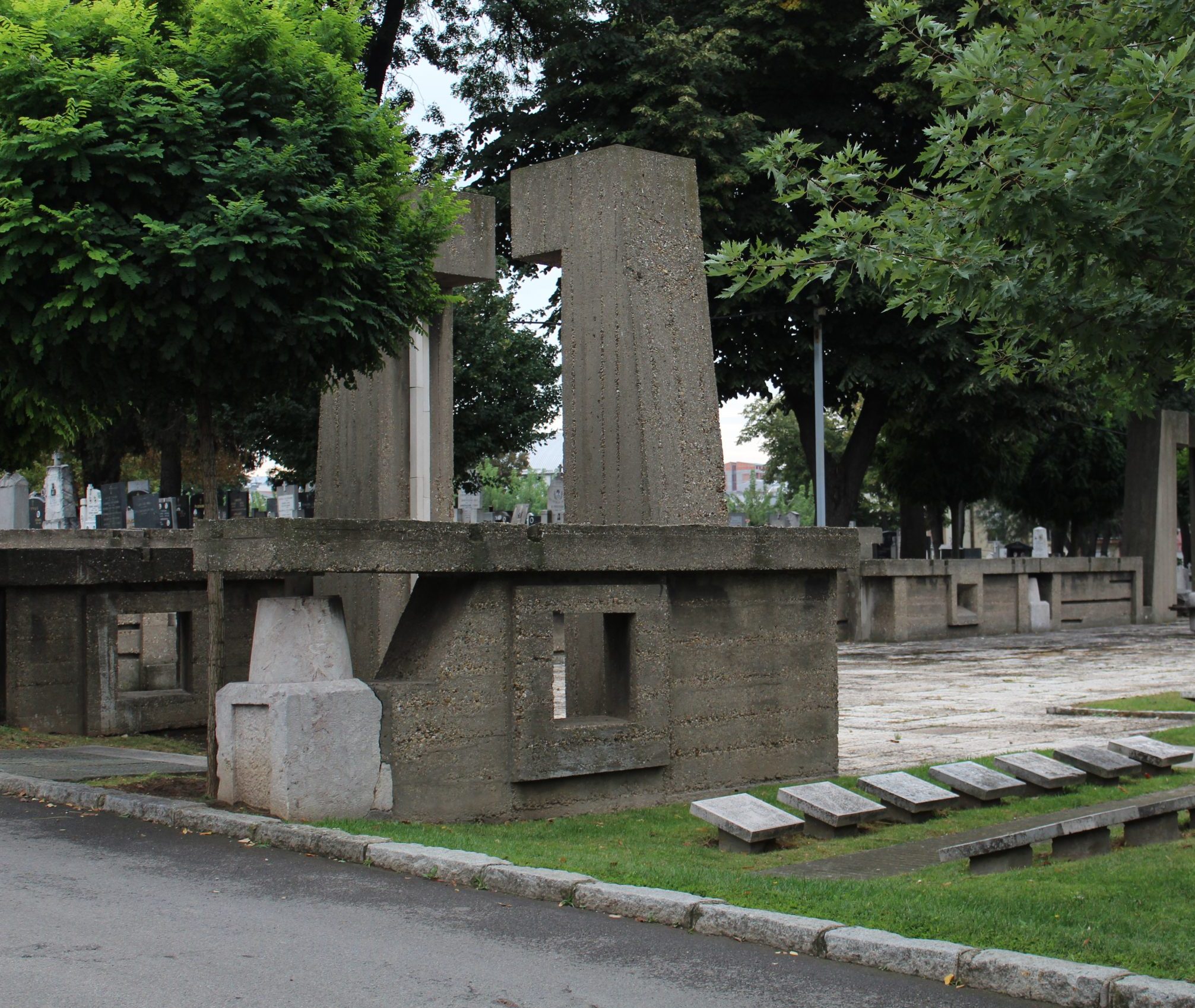
ALLEY OF SHOOTED PATRIOTS
The Alley of Shooted Patriots is located in the extension of the Alley of Distinguished Citizens. It was arranged in 1959 according to the project of architects Bogdan Bogdanović and Svetilslav Ličina. On the left side, there is a symbolic depiction of Belgrade's Terazije Square with five stylized pillars with knadelabras on which the German occupation authorities hanged five Belgrade citizens on August 17, 1941. In the central part, there is an elevated grass mound under which are the remains of 1,057 fighters killed in occupied Belgrade.

novo-groblje
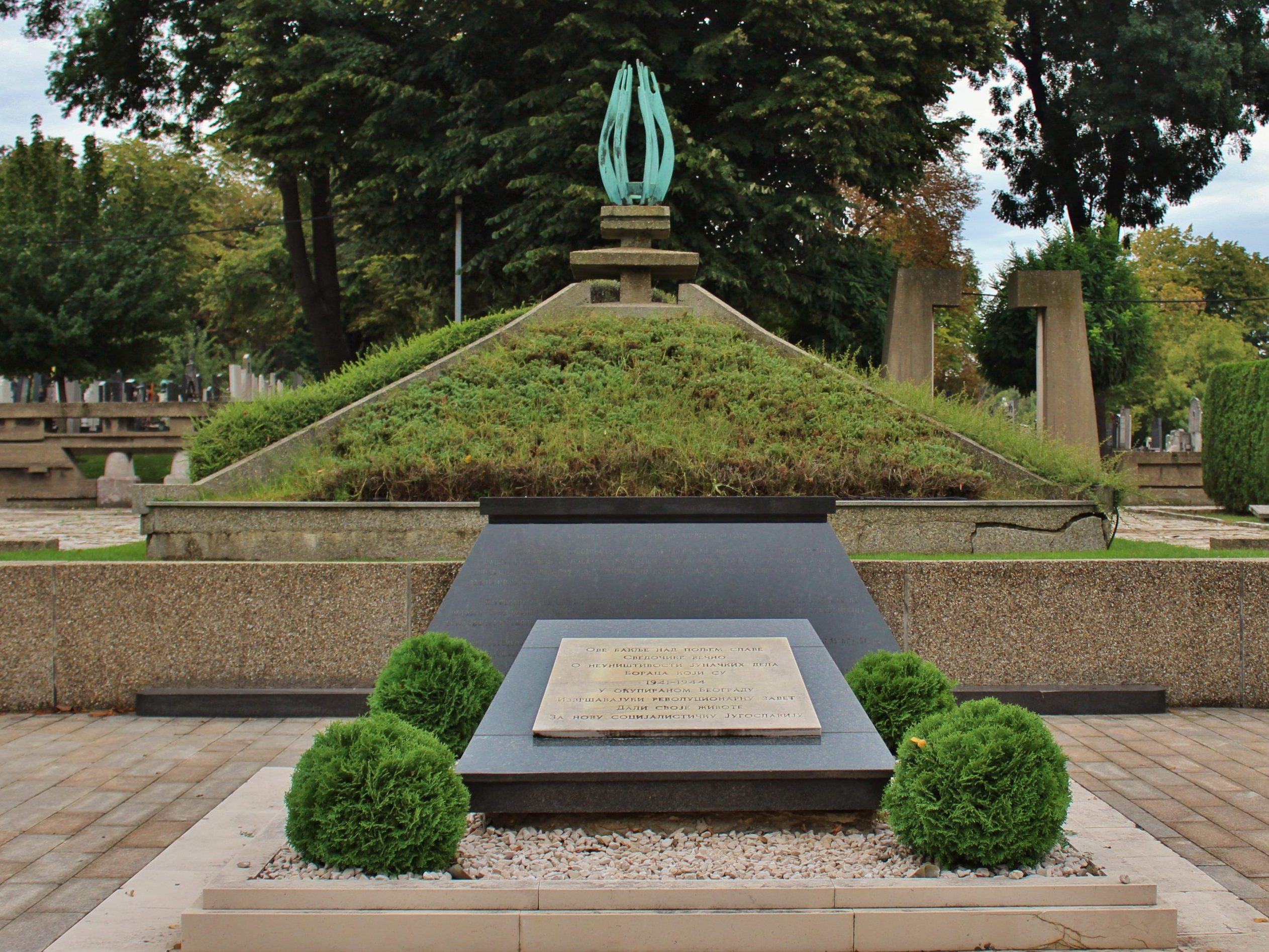


Written by Teodora Danilović


